Successfully placing an assistance dog with a lifetime partner is a careful three-stage process that includes Matching, Team Training, and Graduate Follow-Up.
Matching
Service Dogs: Accepted applicants come to Helping Paws to work with one or more service dogs in training. On these visits, staff evaluate the potential for a good match between the person’s needs and the connection the dog displays for that individual. Each of our dogs is highly trained, yet it is the human/dog connection that will guide the day-to-day, lifetime partnership. Our staff is extremely skilled at perceiving when a match is achieved. Sometimes this can involve meeting a number of dogs.
Facility Dog: Matching may involve a variety of environments. Primary handlers will be invited to work with a variety of dogs at the Helping Paws training center. At some point during the matching process, Helping Paws staff may bring one to three dogs to the facility site to help determine the best match for the working environment. This process usually takes several months to determine the best dog for the job.
Team Training
Team Training is an instructional period and also a time for bonding—both within each individual team and across the entire class. This supportive environment encourages the sharing of experiences and helps ease the transition for each partner team.
All applicants receiving a service dog for a physical disability are required to attend a three-week course at Helping Paws to learn how to work with their new service dog. Team Training includes classroom instruction and field trips to practice skills in public areas. Service dogs work each day with their new partner. In the middle of the second week, the dogs move from their foster home trainer’s home to the home of their new partner.
Veteran and first responder applicants with PTSD attend Team Training on Friday, Saturday, and Sunday for three consecutive weekends. Classroom instruction and field trips provide veterans with the practice and knowledge they need to successfully manage a service dog at home and in public. Working one-on-one with the veteran teams following graduation is an important part of placement.
Facility dog handlers’ Team Training currently consists of one week of daily training, including lectures and hands-on work with the dogs. During the second week of placement, Helping Paws staff visit the work environment to support the dog’s transition and address any challenges. Ongoing follow-up continues with the facility dog team, including both on-site and public training. The ADI Public Access Test is administered six months after placement. Upon successful completion of the test, ownership is transferred to the agency or facility where the dog works.
Graduate Follow-Up
Graduate follow-up is a priority at Helping Paws. We track the well-being of our graduates and their assistance dogs throughout the dog’s lifetime. This includes personalized support from our training staff tailored to each individual’s needs and circumstances. It may also involve additional training to equip the dog with new skills as their partner’s disability changes or progresses.
We deeply respect the skill and devotion of every Helping Paws assistance dog. Staff and volunteers invest countless hours preparing each dog for a life of service—and that commitment continues beyond graduation. Our support includes helping transition a dog into retirement when needed, addressing health concerns, and guiding teams through end-of-life decisions with care and compassion.
Graduates also have access to the Corbett Laubignat Emergency Veterinary Fund, established to support those on fixed incomes who may face extraordinary or emergency veterinary expenses for their service dog.


